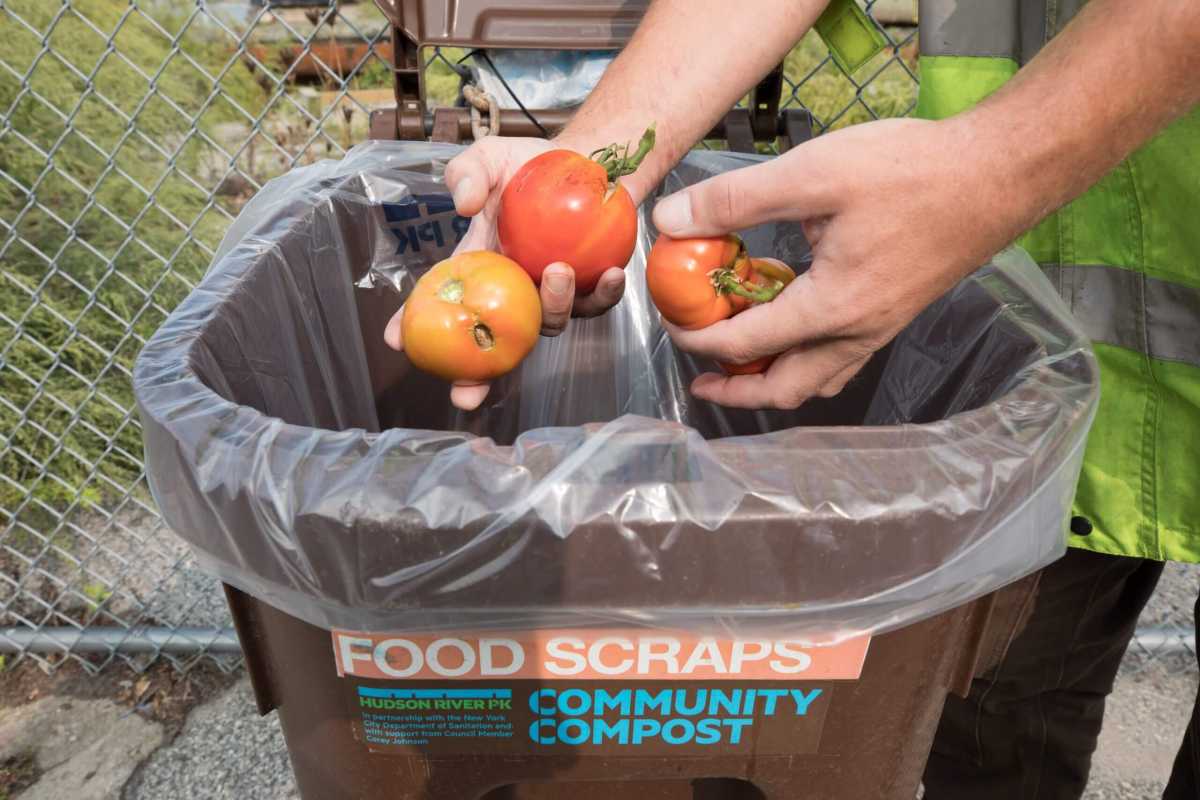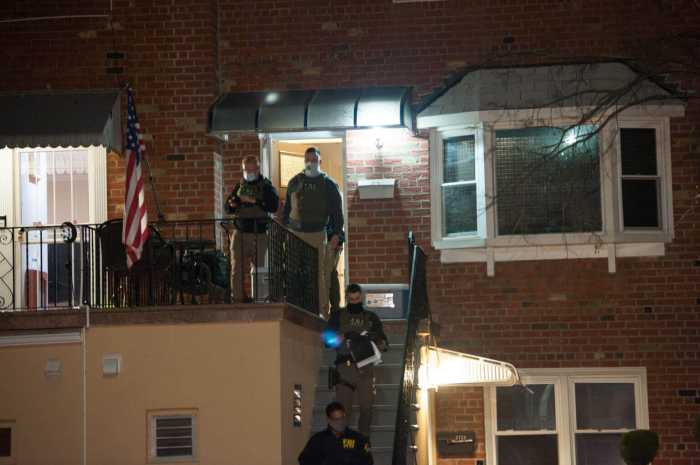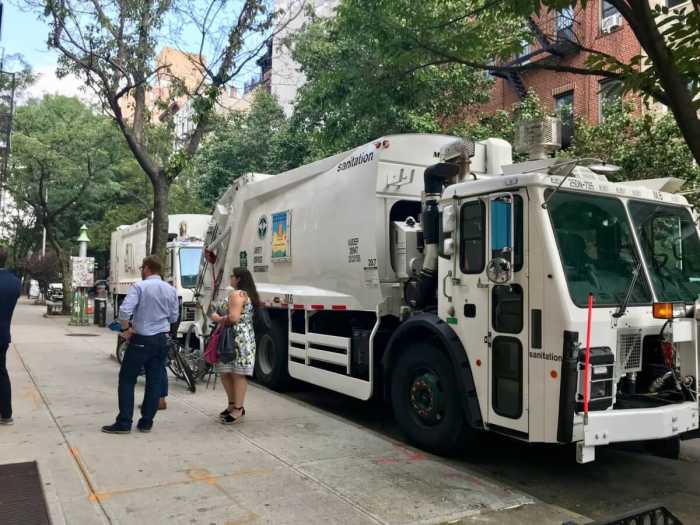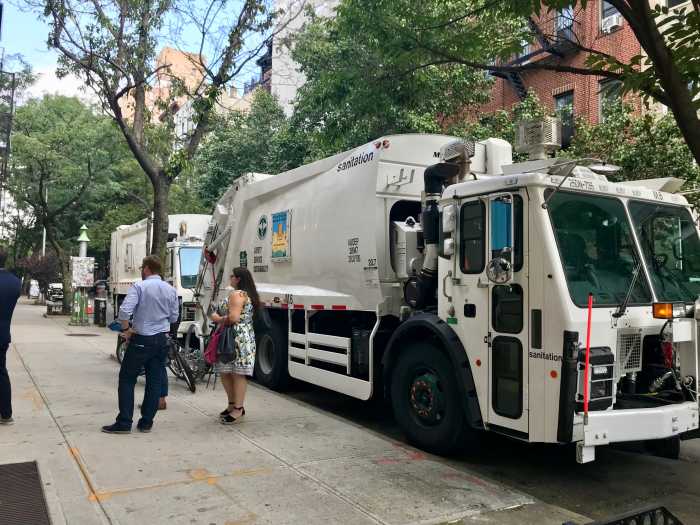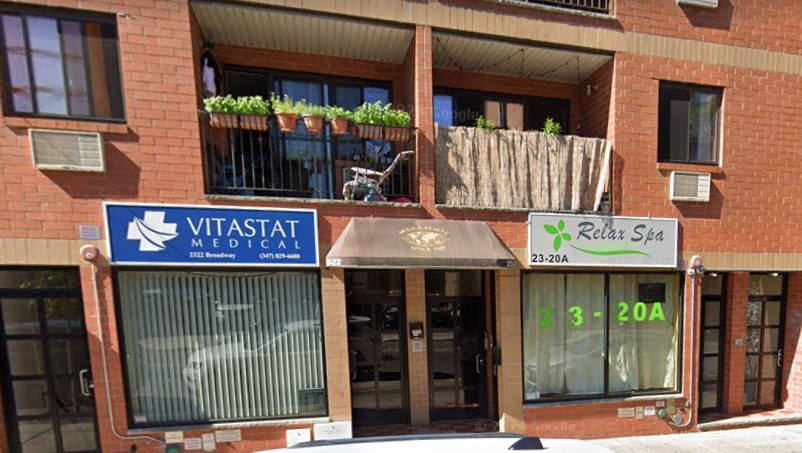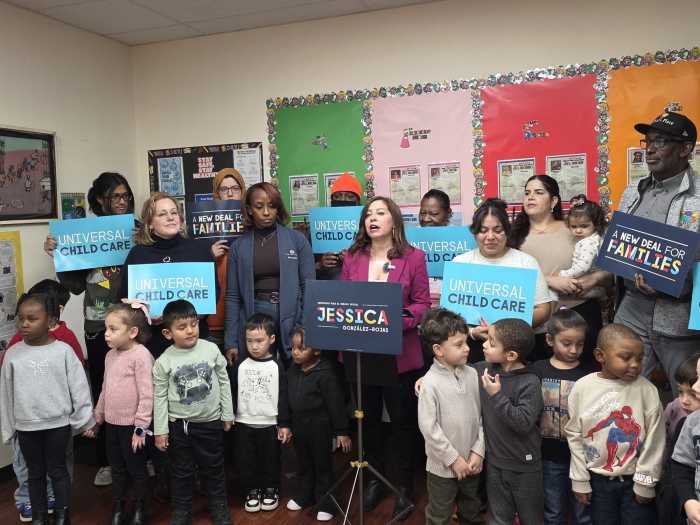As curbside organics pickup resumed in some Brooklyn neighborhoods on Monday, Oct. 4, a new report finds that city officials must boost buy-in from New Yorkers in order to make the program more cost-effective and likely to succeed.
When Mayor Bill de Blasio cut the food scraps collection service due to a COVID-19-induced budget crunch in 2020, the program had achieved a very low rate of waste diverted from landfills, making it much more expensive for the Department of Sanitation trucks to collect compared to garbage and recycling, according to a study by the city’s Independent Budget Office.
If Big Apple bureaucrats want the brown bins to survive the chopping block the next time a crisis hits, the curbside initiative needs to be more financially efficient by expanding it citywide and getting about as many people on board as for recycling, according to the IBO.
“If you want it to be cost effective you need a lot more participation,” said agency spokesperson Elizabeth Brown. “Because it is expensive relative to refuse, it is more vulnerable to budget cuts.”
In its last full year of operation in 2019, organics cost the city $734 per ton to collect and process, compared to $216 for refuse and $206 for recycling, because DSNY sent out trucks to pick up far less food scraps per run.
Although some 46% of waste sent to landfill is organic, the city’s organics program showed lackluster results, diverting only 1.4% from the dump, far below the 17% rate for recyclables.
In order to bring the cost of managing curbside organics in line with general refuse, the city would have to achieve a diversion rate of about 15% for the food scraps, according to the report, while also investing in better facilities to reduce processing expenses.
First launched as a pilot in 2013 under then-Mayor Michael Bloomberg, the old curbside program grew to cover almost half of Big Apple by 2018.
The scheme offers a lot of environmental benefits by providing materials for compost, which the city can use to feed its greenspaces, and by converting the scraps into renewable energy to power homes.
However, when left to rot in landfill, organics emit methane, a highly-potent greenhouse gas that contributes to climate change.
Following pressure by politicians to resume curbside composting, de Blasio announced in April he would bring it back through an opt-in model, but only for neighborhoods that were previously eligible.
It starts Monday in Brooklyn’s Community District 6, which includes mostly wealthy areas like Park Slope, Carroll Gardens, Cobble Hill, Columbia Waterfront, Red Hook, and Gowanus, before expanding into other areas in the coming months where there was a high response rate to the program.
Some parts of the city had very few signups, including sections of the South Bronx and southern Brooklyn, and advocates have long sounded the alarm bell that the voluntary program would reinforce existing racial and economic disparities in the Five Boroughs and make the scheme a “luxury.”
Brown said the targeted approach could help DSNY set up more efficient truck routes, but the yearlong pause might prove challenging to recover from.
“There’s always the fear that once people stop, they’ll be out of practice of sorting,” she said. “If the burden is on the public it might be more difficult to get a lot more people participating.”
Similarly, recycling rates plummeted after the city temporarily suspended that program in the aftermath of the Sept. 11, 2001 attacks, she noted.
A DSNY spokesman said the agency will continue its “aggressive” advertising campaign to make more people aware of the compost comeback.
“The Department of Sanitation remains committed to an aggressive outreach campaign to spread the word about the benefits of composting organic material and to the goal of sending zero waste to landfills,” said Vincent Gragnani in a statement. “We look forward to adding curbside organics collection to new neighborhoods every month, further lessening the amount of waste sent to landfills.”



